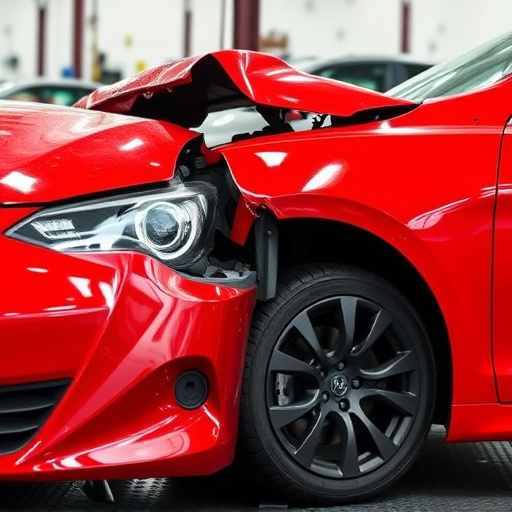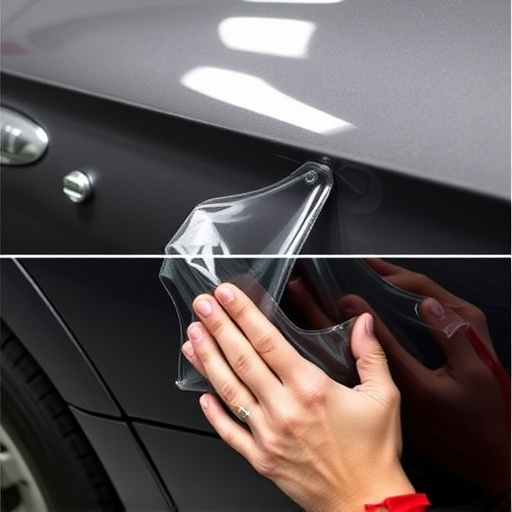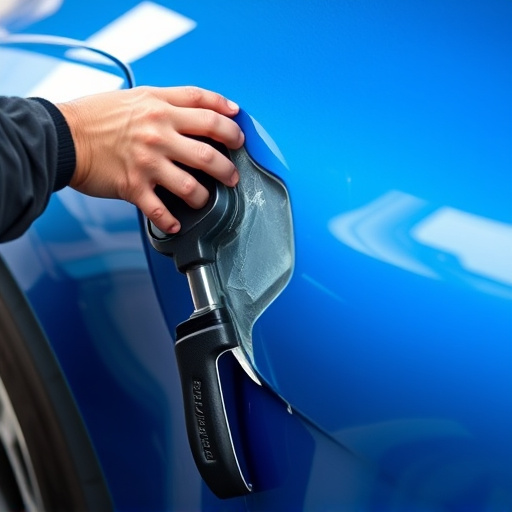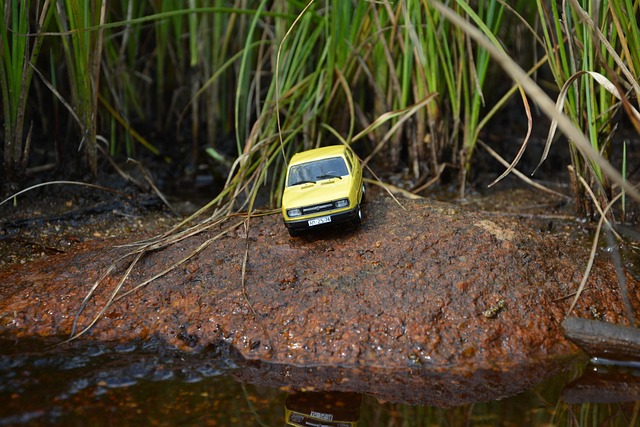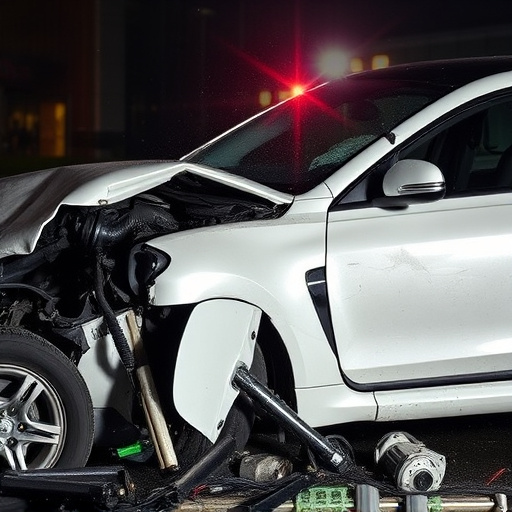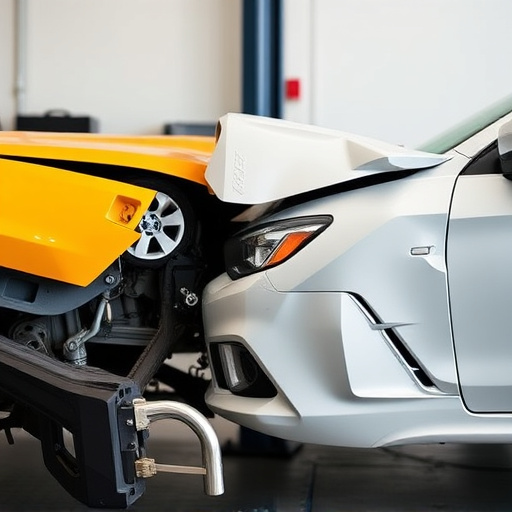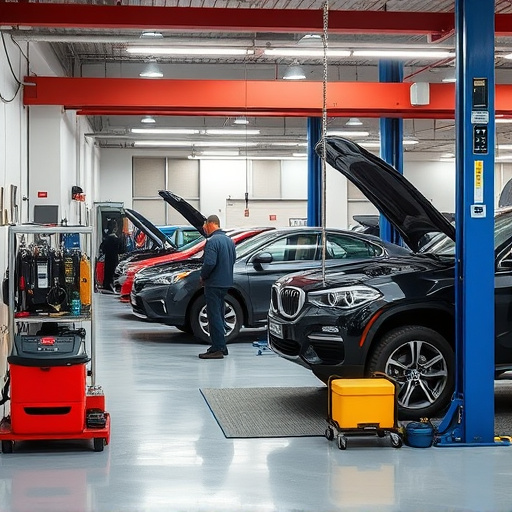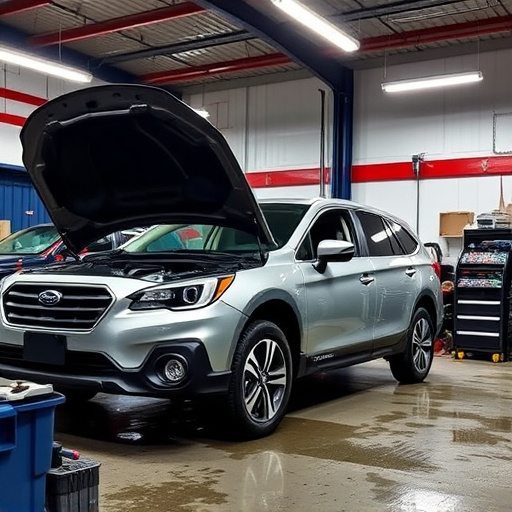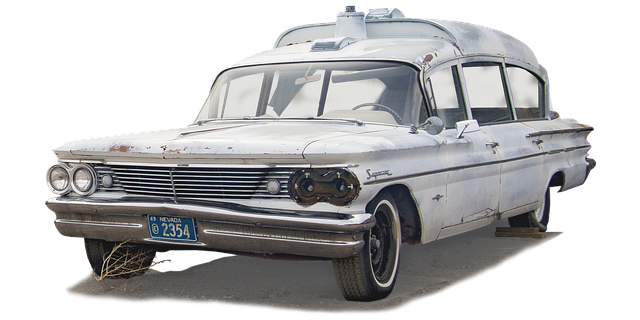Tesla's Supercharger network offers rapid charging for compatible electric vehicles (EVs), with compatibility determined by battery specifications and vehicle requirements. EV owners should verify their car's make, model, and year against Tesla's list, ensuring access to strategic Supercharger locations along major routes, crucial for urban travel. Membership provides benefits, including insurance and global network access, enabling smooth journeys and peace of mind for long-distance travels.
Tesla’s Supercharger network offers fast charging for its electric vehicles, but not all cars are created equal when it comes to compatibility. This article delves into the factors affecting Tesla Supercharger compatibility, focusing on vehicle eligibility and the location of these powerful chargers. We’ll also explore access requirements, highlighting membership benefits and constraints, providing a comprehensive guide to navigating this crucial aspect of EV ownership in today’s digital era.
- Tesla Supercharger Compatibility: Vehicle Eligibility
- Location and Availability of Superchargers
- Accessing Superchargers: Membership Requirements
Tesla Supercharger Compatibility: Vehicle Eligibility

The Tesla Supercharger network is a game-changer for electric vehicle (EV) owners, offering a quick and efficient way to recharge. However, not all EVs are created equal when it comes to Tesla Supercharger compatibility. To access this exclusive charging infrastructure, your vehicle must meet specific criteria set by Tesla.
One of the primary factors determining Tesla Supercharger compatibility is the vehicle’s battery capacity and power output. Tesla has designed its Superchargers to handle a certain range of batteries, ensuring safe and efficient charging for all compatible cars. Additionally, the vehicle’s on-board charger must support the higher charging rates offered by Superchargers. This often involves checking your car’s make, model, and year against Tesla’s compatibility list, which includes various models like the Model S, Model 3, Model X, and Model Y, among others. If you’re in need of collision repair services or auto body repair due to an accident, ensure that your vehicle is still eligible for Supercharger use after repairs are completed.
Location and Availability of Superchargers

The location and availability of Tesla Superchargers play a significant role in determining Tesla Supercharger compatibility for EV owners. These fast-charging stations are strategically placed along major highways, urban centers, and popular road trips routes to ensure accessibility for Tesla drivers. However, their distribution isn’t uniform across all regions, leading to variations in charging infrastructure quality and quantity depending on the area. Urban areas generally boast a higher density of Superchargers due to the larger concentration of Tesla owners and bustling city life, whereas rural locales may have limited access, presenting challenges for long-distance travel.
Understanding local Supercharger availability is crucial for planning trips and managing energy levels, especially when venturing into unfamiliar territories. Tesla’s global expansion has brought about an ever-growing network of Superchargers, but it’s essential to check compatibility before relying on them, as not all models or vehicle types may be supported by every station. Regularly updating charging maps and staying informed about infrastructure developments can help Tesla owners make the most of the available Supercharger network, ensuring smoother journeys and peace of mind while on the road.
Accessing Superchargers: Membership Requirements

Accessing Tesla Superchargers comes with certain membership requirements that all electric vehicle (EV) owners need to be aware of. To utilize this network of fast-charging stations, users must first become members of the Tesla community. This membership isn’t just for access; it also grants owners a host of other benefits, including vehicle insurance and warranty services. The process is straightforward, typically involving registration through the Tesla app or website. Once approved, members gain unhindered access to Superchargers worldwide, making long-distance travel more convenient for their electric vehicles.
While the primary focus of Supercharger compatibility revolves around the vehicle’s battery system and charging capabilities, membership plays a pivotal role in ensuring smooth access. Similar to how vehicle dent repair or body repairs might require specific insurance coverage, Tesla’s Supercharger network operates on a similar principle, offering peace of mind for EV owners during their journeys.
Understanding Tesla Supercharger compatibility is key to efficiently navigating this network. By ensuring your vehicle is eligible, you can access a global network of chargers, promoting seamless long-distance travel. Remember, membership requirements play a crucial role in utilizing these stations, so be sure to check before planning your next electric vehicle journey.
